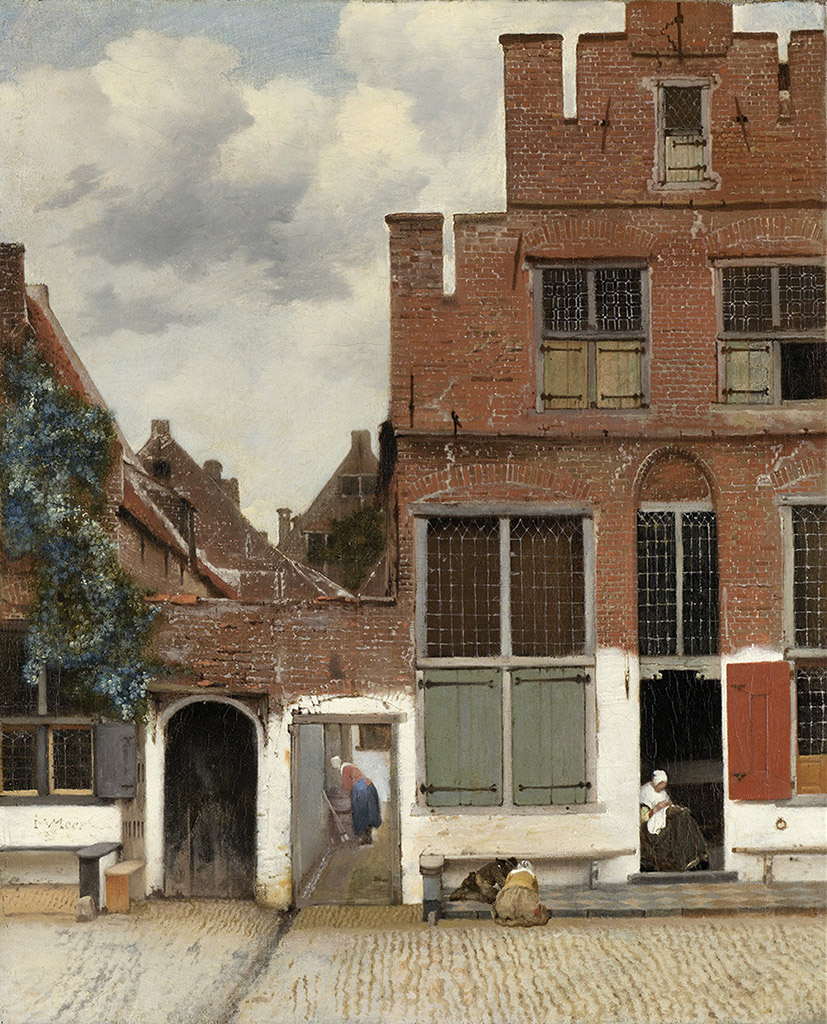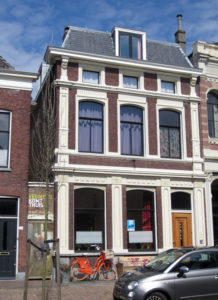
It is billed as “an incredible detective story” – something with which we are very familiar on these pages as there has recently been quite a spate Agatha Christie and other whodunnits gracing our stages. Everyone likes a mystery, all the more so if it is true.
On a recent visit to Holland we discovered one that has been rumbling on for nearly 100 years, one not dissimilar to the riddles of the Loch Ness monster or the Mona Lisa’s smile – everybody has a theory but nobody has the facts. The mystery we came across in Delft was revealed in an exhibition concerning the whereabouts of the house featured in one of Vermeer’s most famous paintings.
The story has all the makings of a stage play – in the mellow afternoon light one of the world’s most famous old masters is sitting by a Dutch canal, painting an enigmatic house. The new exhibition at Delft’s Prinsenhof Museum entitled Vermeer Is Coming Home tries to find the house in question.
The title does not refer to a prodigal Johannes Vermeer himself, who was born and died in the town, but to his famous painting The Little Street. This beautifully presented exhibition, with the actual masterpiece there to be admired, traces the documentation of successive theories and investigations.
The true location of the building in Vermeer’s picture has been lost or was never recorded and its whereabouts has puzzled scholars and art historians over the years. In 1922 the Delft town architect claimed to have found the actual house, still standing, and thus started the ball rolling.
The painting shows a typical Dutch step-gabled house which, not surprisingly, resembles many other dwellings in the town. Over the last century or so experts have argued over the location of the house and produced intricate drawings of architectural elements, taken measurements, calculated sight-lines and studied how sunlight falls onto a variety of buildings to back up their theories.
Now the original hand-written ledger of the 17th century Delft water authority has provided the key to the research of Professor Dr Frans Grijzenhout, Professor of Art History at the University of Amsterdam. The dusty leather-bound tome records the dredging and canal taxes of the time and records the exact size of  each plot, frontages and the gateways of all buildings. The house in question has two side entrances which, apparently, was unique. From these records Professor Grijzenhout identified a canal-side house in Vlamingstraat, which was owned by Vermeer’s aunt, Ariaentgen Claes. Another aunt lived opposite and cared for Vermeer’s mother, a tripe seller, in her dying months. Sadly, the house at 40-42 Vlamingstraat today looks nothing like the one in Vermeer’s painting.
each plot, frontages and the gateways of all buildings. The house in question has two side entrances which, apparently, was unique. From these records Professor Grijzenhout identified a canal-side house in Vlamingstraat, which was owned by Vermeer’s aunt, Ariaentgen Claes. Another aunt lived opposite and cared for Vermeer’s mother, a tripe seller, in her dying months. Sadly, the house at 40-42 Vlamingstraat today looks nothing like the one in Vermeer’s painting.
This latest, and most would say definitive, analysis provides a very compelling theory so it seems that the mystery has been solved – or has it? As with all creative work, Vermeer could have used a substantial amount of artistic licence, adding or excluding elements to please his own aesthetic sense – or he could have painted a wholly imaginary scene.
So, as with Nessie and the Mona Lisa, there may well be some mileage left in this story. Agatha Christie could not have plotted it better – the only thing missing is a corpse.
If you find yourself in Delft, or its vicinity, you would do well to spend a couple of hours at this excellent and intriguing Prinsenhof Museum exhibition which runs until 17th July.
© Astrid Burchardt/StageTalk Magazine 2016. All rights reserved no reproduction in part or in whole without prior permission.

